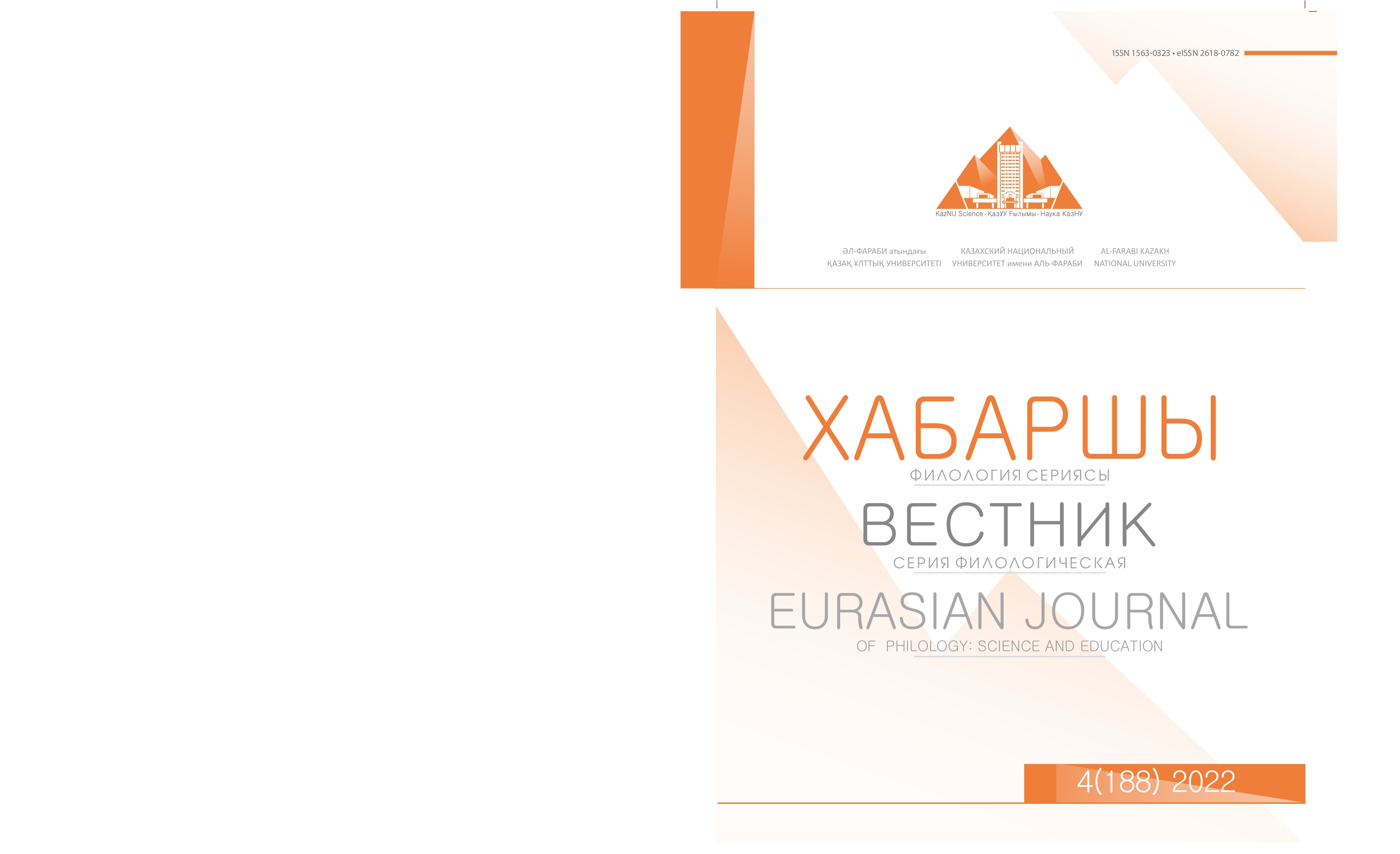Mysticism in Kazakh and Turkish prose
DOI:
https://doi.org/10.26577/EJPh.2022.v188.i4.016Abstract
The article is devoted to the study of mysticism in Kazakh and foreign prose. Without establishing clear chronological boundaries, mystical phenomena used in Kazakh and Turkish literary works on the basis of comparative historical, systemic, structural, hermeneutic methods are considered here. The development of mystical motifs in Kazakh literature took place mainly during the years of independence, which was analyzed on the basis of the works of Askar Altai, Talasbek Asemkulov. It is scientifically proved that the works of T.Asemkulov "Treasures of Bektor", "Noon" and A.Altai "Great–great-grandson" or "Ray falling on Tamuk" are postmodern, historical and mythological works of art. Since mysticism was largely connected with religion, superstitions, and in the Soviet period religion was banned, it developed only after the nineties of the last century. At the same time, firstly, ancient mystical motifs were revived in Kazakh literature, and secondly, in postmodern prose, it was also used as an artistic device.
And mysticism in Turkish literature is directly related to the Sufi trend in Islam. It goes back to the works of the famous Sufi, mystic poet Maulana (Jalal al-din Rumi). Here, in contrast to the use of mysticism as an artistic method, it implies the construction of the entire work in a mystical way. The divine values of the transcendent world are artistically conveyed in metaphorical language.
Key words: mysticism, mysticism, theology, philosophy, Turkish-Kazakh prose, religious studies, mythomistics






